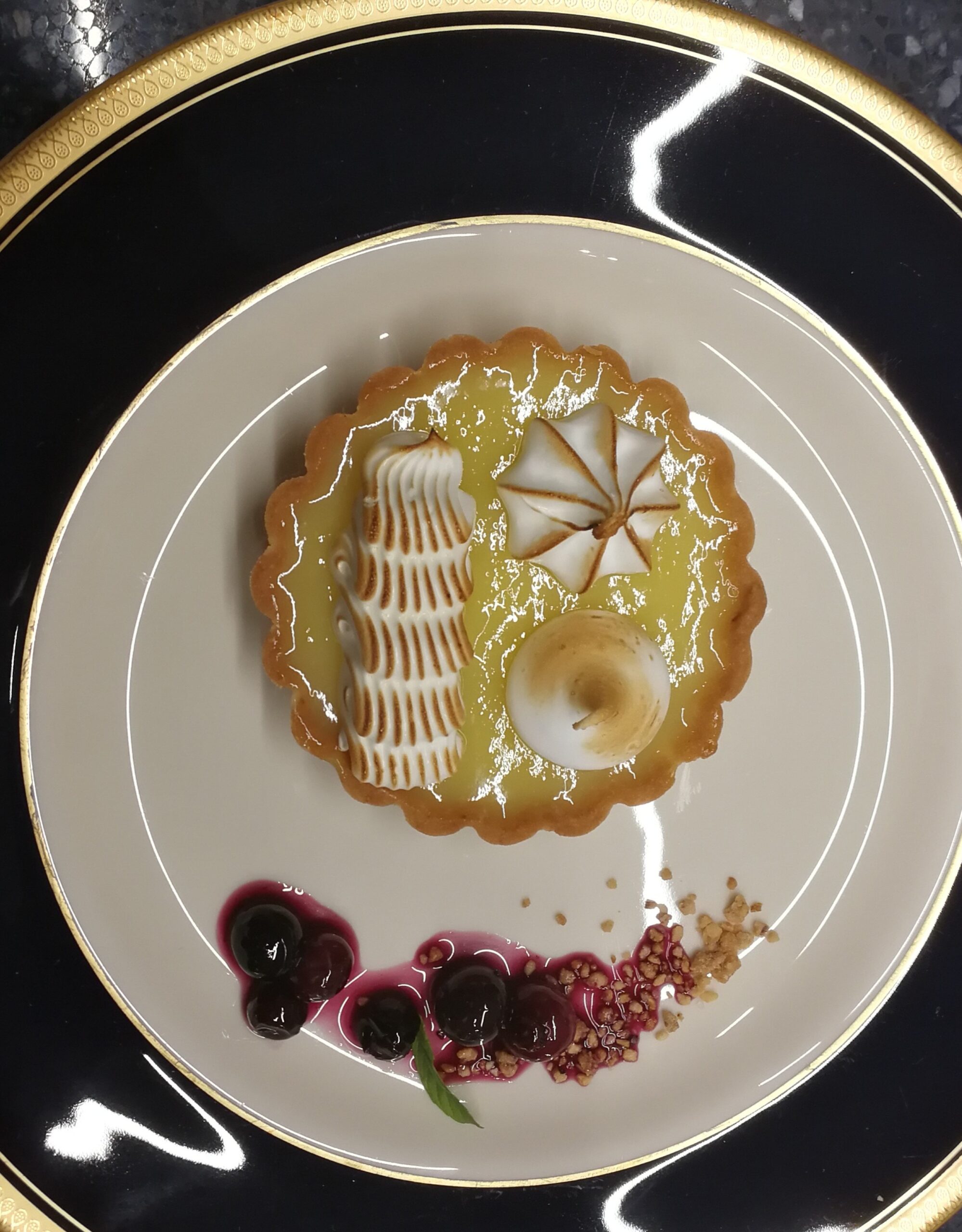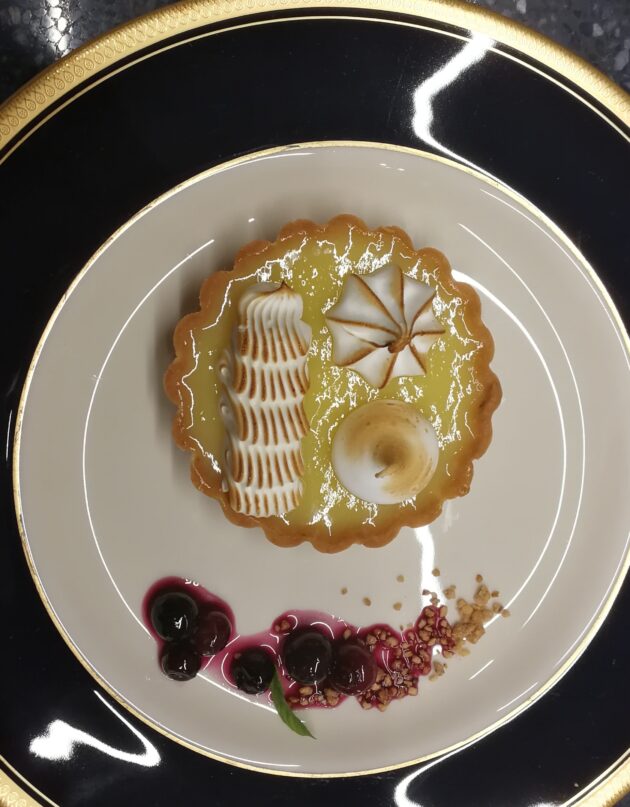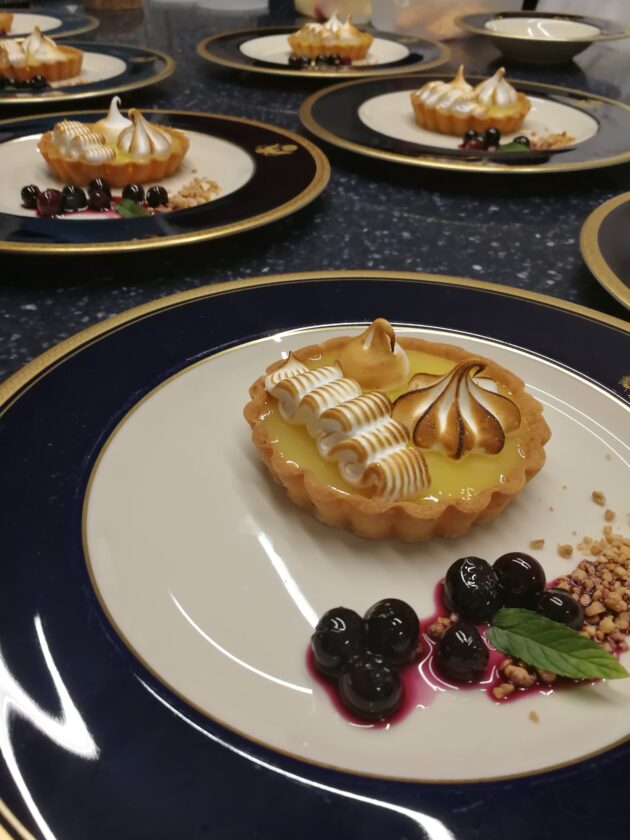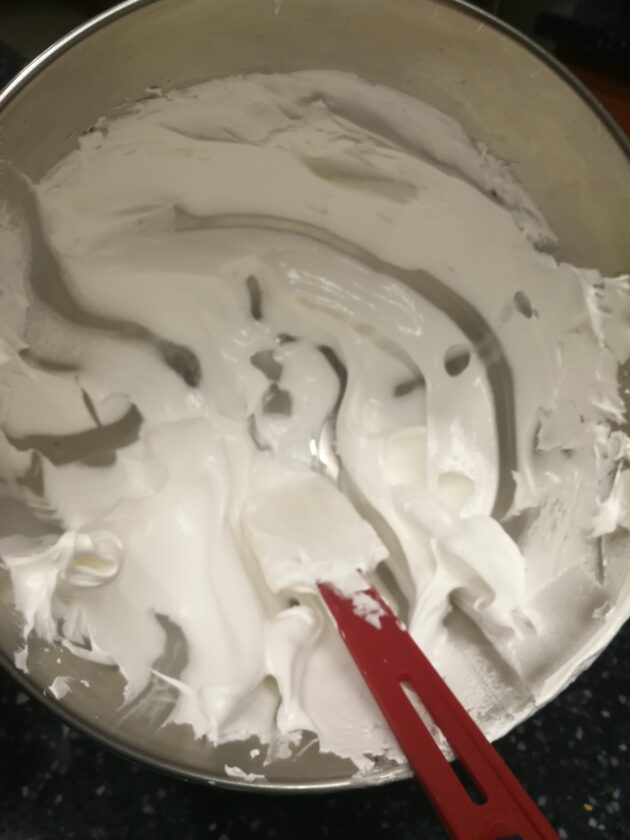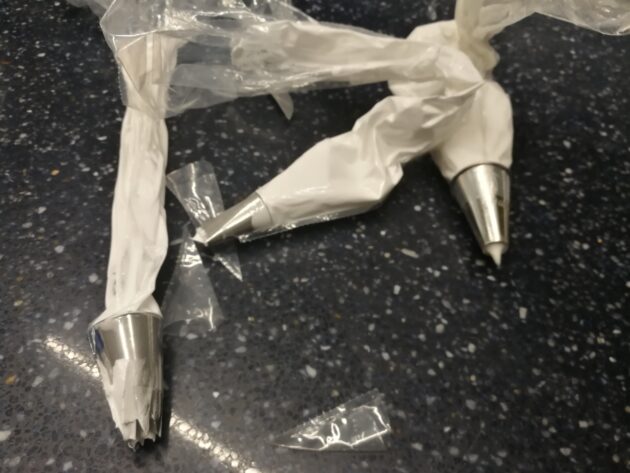It’s been a while since I posted a nice dessert, so I chose the lemon tart with its topping of Italian meringue. The pressing question is which topping should you use to adorn the lemon tart: the Italian, Swiss or French meringue? I know the New Zealanders think they have the final word when it comes to meringue, with their claim to the Pavlova cake, but there is a more serious consideration at hand, and that is which meringue to choose to adorn this “to die for” lemon meringue tart.
The meringue was first invented/discovered by a “Swiss” pastry chef with a very Italian name, one Signor Gasparini in the early 1700s. It is mostly used for decoration, frosting, topping to cakes and fruit pies.
The different meringues use different methods to melt the sugar and combine it with the egg whites. The French heat their sugar in the oven until it becomes liquid and then add it to the egg whites while beating. The Swiss heat the egg whites with the sugar in a bain marie; once the sugar has melted and combined with the egg whites the mixture is transferred hot to a mixer and beaten to the desired finish. The Italians melt their sugar with a little water until it reaches the molten temperature of 117-118 Celsius and then slowly add it to the egg whites while beating. The weakest of the three is the French, the strongest meringue is the Italian, the one used by pastry chefs and conditors when decorating or making dishes such as lemon meringue tart/pie or macaroons.
The first lemon meringue pie was created in Philadelphia in the United States by one Elizabeth Coane Goodfellow during the early nineteenth century. Another positive example of cultural appropriation that we all certainly appreciate 200 years later. Believe it or not, in America they even celebrate August the 15th as National Lemon Meringue Pie Day. Well, there’s a thing.
Some lemon tarts or pies are filled with lemon curd. This one is filled with lemon cream or a zabaione of lemon, sugar and egg heated to and not more than 74°C. It is topped with piped Italian meringue which is then caramelised using a mini blow torch or ‘Brenner’.
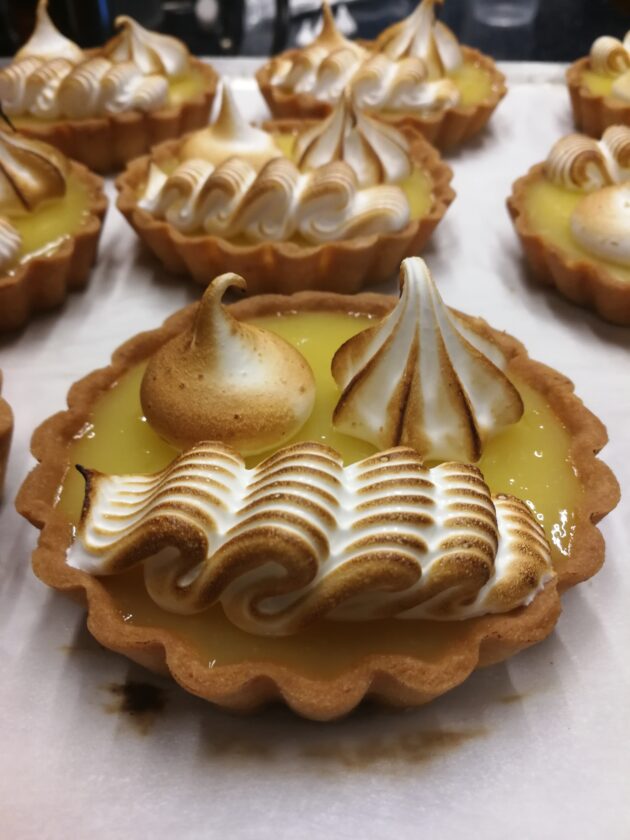
Lemon Tart with Italian Meringue. Photo credit The BFD.
Lemon Meringue Tart/Pie (To Make 6 Servings)
Short Crust
Ingredients:
- All purpose flour x 230 gram
- Confectioners sugar x 80 gram
- Salt x 2 gram
- Lemon zest x half a lemon
- Butter x 120 gram
- Eggs x 1 egg
- Flour for dusting
Method:
Put all dry ingredients into mixer, with paddle attachment mix for a minute, add cubed butter. When it looks like rough sand, add the egg and it will come together. Shape it into a rectangular block, wrap in cling wrap and put in the fridge to rest for at least half an hour.
I use two sheets of baking paper to roll out the dough. I dust the bottom sheet then place the dough on it, dust the dough, place the top piece of paper on that, then start rolling out to desired thickness. As you work you will have to lift the paper and add flour both on and under the dough. Roll out to 2 mm thickness, place on tray in freezer for half an hour. Divide rolled out dough into 6 pieces and using fingers work it into mould. Prick with fork, blind bake using beans or chickpeas for 10 minutes, remove beans or chickpeas and return to oven for another ten minutes, set aside to cool on tray.
Lemon Cream filling
Ingredients
- Lemon juice x 160 gram
- Lemon zest x 18 gram
- Sugar x 233 gram
- Eggs x 226 gram
- Fish gelatine x 8 gram + 40 gram very cold water
Method
Place gelatine in small bowl, add cold water, mix and leave to set for five minutes, once set, heat a small saucepan of water, place bowl with set gelatine on saucepan, once melted turn off the heat.
Put everything left into a bowl, place on water-filled saucepan (bain marie) and slowly heat, stir slowly and regularly, bringing the mixture to 73-74°C. Use a thermometer; if you don’t have one, mix with wooden spoon until it thickens like custard, remove from heat and add the liquid gelatine while mixing. While still warm, pour into pie shells, place on tray in the fridge to cool and set.
Italian Meringue
Ingredients
- Egg whites x 165 gram
- Sugar x 450 gram
- Water x 112 gram
Method
Add sugar and water to pan and with medium-low heat melt the sugar and allow it to reach 117-118°C.
When the temperature reaches 115, turn on the mixer with the balloon attachment to start whisking the egg whites. Once egg whites start to rise and the sugar has reached 118 Celsius, slowly pour the hot sugar syrup down the inside of the mixing bowl, making sure not to pour the hot liquid directly into the mixing egg whites. Mix on medium speed until the mixture cools somewhat.
Using a piping bag with your choice of nozzle attachment pipe the Italian meringue onto the set lemon cream.
Using a small blow torch, known as a Brenner in the trade, pass it over the meringue to brown and caramelise the sugar taking care not to burn the meringue.
Fantastico! I am sure it is easier than it looks.
If you enjoyed this recipe why not share it with your friends via social media or e-mail? If you want a copy of your own, select the print option at the top of the page.

